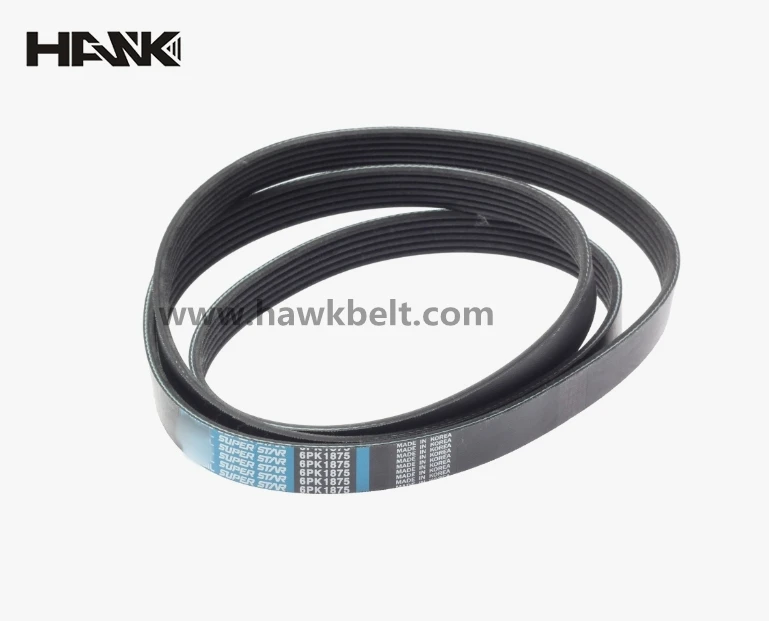- Arabic
- French
- Russian
- Spanish
- Portuguese
- Turkish
- Armenian
- English
- Albanian
- Amharic
- Azerbaijani
- Basque
- Belarusian
- Bengali
- Bosnian
- Bulgarian
- Catalan
- Cebuano
- Corsican
- Croatian
- Czech
- Danish
- Dutch
- Afrikaans
- Esperanto
- Estonian
- Finnish
- Frisian
- Galician
- Georgian
- German
- Greek
- Gujarati
- Haitian Creole
- hausa
- hawaiian
- Hebrew
- Hindi
- Miao
- Hungarian
- Icelandic
- igbo
- Indonesian
- irish
- Italian
- Japanese
- Javanese
- Kannada
- kazakh
- Khmer
- Rwandese
- Korean
- Kurdish
- Kyrgyz
- Lao
- Latin
- Latvian
- Lithuanian
- Luxembourgish
- Macedonian
- Malgashi
- Malay
- Malayalam
- Maltese
- Maori
- Marathi
- Mongolian
- Myanmar
- Nepali
- Norwegian
- Norwegian
- Occitan
- Pashto
- Persian
- Polish
- Punjabi
- Romanian
- Samoan
- Scottish Gaelic
- Serbian
- Sesotho
- Shona
- Sindhi
- Sinhala
- Slovak
- Slovenian
- Somali
- Sundanese
- Swahili
- Swedish
- Tagalog
- Tajik
- Tamil
- Tatar
- Telugu
- Thai
- Turkmen
- Ukrainian
- Urdu
- Uighur
- Uzbek
- Vietnamese
- Welsh
- Bantu
- Yiddish
- Yoruba
- Zulu
நவ் . 07, 2024 11:23 Back to list
Differences Between Fan Belts and Ribbed V Belts Explained
Understanding the Differences Fan Belts vs. Ribbed V Belts
When it comes to automotive and machinery applications, belts play an essential role in ensuring smooth and efficient operation. Two common types of belts that are often discussed in this context are the fan belt and the ribbed V belt. Though they may seem similar at first glance, there are significant differences between the two that influence their function, design, and application. In this article, we will explore these differences and highlight their respective advantages.
What is a Fan Belt?
The fan belt, commonly referred to as the accessory drive belt in many vehicles, is primarily responsible for driving various accessories powered by the engine. This includes components such as the cooling system’s water pump, the alternator, the power steering pump, and sometimes the air conditioning compressor. Fan belts are typically flat and are designed to be flexible enough to accommodate the various angles and positions of the accessories they drive.
One of the main features of a fan belt is its ability to maintain consistent tension. Keeping the correct tension is crucial for the performance of the engine accessories; too tight, and it can cause premature wear, too loose, and it can slip, leading to performance issues. Regular inspection and maintenance are important to ensure that the fan belt remains in good working condition.
What is a Ribbed V Belt?
Ribbed V belts, on the other hand, have a distinct design that sets them apart from traditional fan belts. These belts have ribs on the inside surface and are shaped like a 'V' when viewed in cross-section. This design allows ribbed V belts to fit securely on their respective pulleys, providing a greater surface area for contact, which enhances grip and reduces slippage. They are commonly used in a variety of automotive and industrial applications.
fan belt\/ribbed v belt

The ribbed design offers several advantages. Firstly, it allows for better alignment and stability, which can lead to increased power transmission efficiency. Additionally, ribbed V belts can handle higher loads and operate at higher speeds compared to flat belts. This makes them ideal for heavy-duty applications and demanding environments.
Comparing Performance and Applications
When it comes to performance, both belt types have their strengths. Fan belts are easier to install and replace, making them a popular choice for light-duty applications. They are commonly found in older or less complex engine designs. However, because they can slip more easily under heavy loads, they may not always provide the reliability needed in high-performance or heavy-duty settings.
Ribbed V belts, with their ability to withstand higher loads and reduce slippage, are often preferred in modern vehicles and machinery. They are extensively used in complex engines where high performance and efficiency are necessary. Moreover, ribbed V belts have a longer lifespan compared to fan belts, which can lead to reduced maintenance costs over time.
Conclusion
In summary, fan belts and ribbed V belts serve crucial yet distinct roles in automotive and machinery applications. While the fan belt is primarily used for driving engine accessories with an emphasis on flexibility and ease of maintenance, the ribbed V belt excels in high-load applications due to its superior grip and durability. Understanding the characteristics and suitable applications of each type can help operators make informed decisions, ensuring that their equipment operates effectively and efficiently for years to come. Whether you are maintaining a classic car or working with modern machinery, knowing when to use each type of belt can significantly impact performance and longevity.
-
Korean Auto Parts Timing Belt 24312-37500 For Hyundai/Kia
NewsMar.07,2025
-
7PK2300 90916-T2024 RIBBED BELT POLY V BELT PK BELT
NewsMar.07,2025
-
Chinese Auto Belt Factory 310-2M-22 For BMW/Mercedes-Benz
NewsMar.07,2025
-
Chinese Auto Belt Factory 310-2M-22 For BMW/Mercedes-Benz
NewsMar.07,2025
-
90916-02660 PK Belt 6PK1680 For Toyota
NewsMar.07,2025
-
drive belt serpentine belt
NewsMar.07,2025

